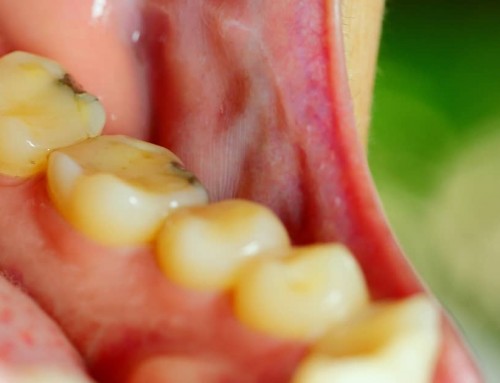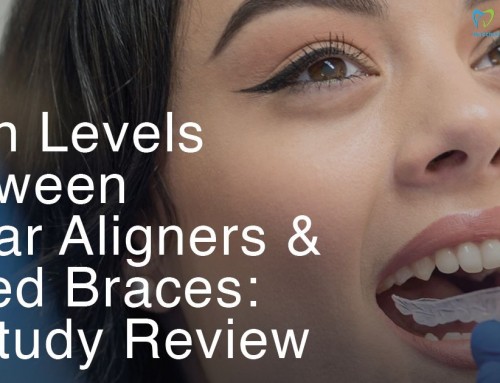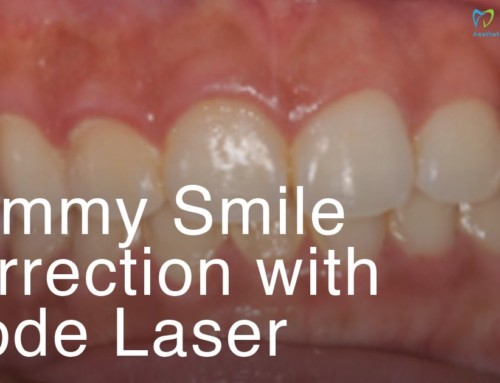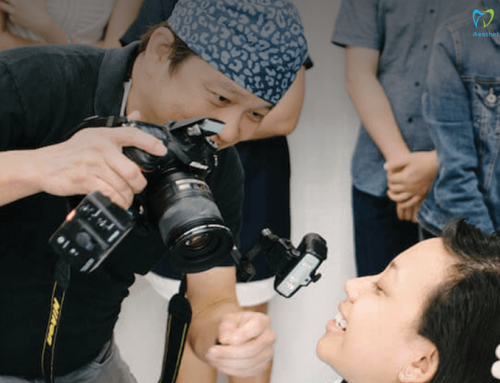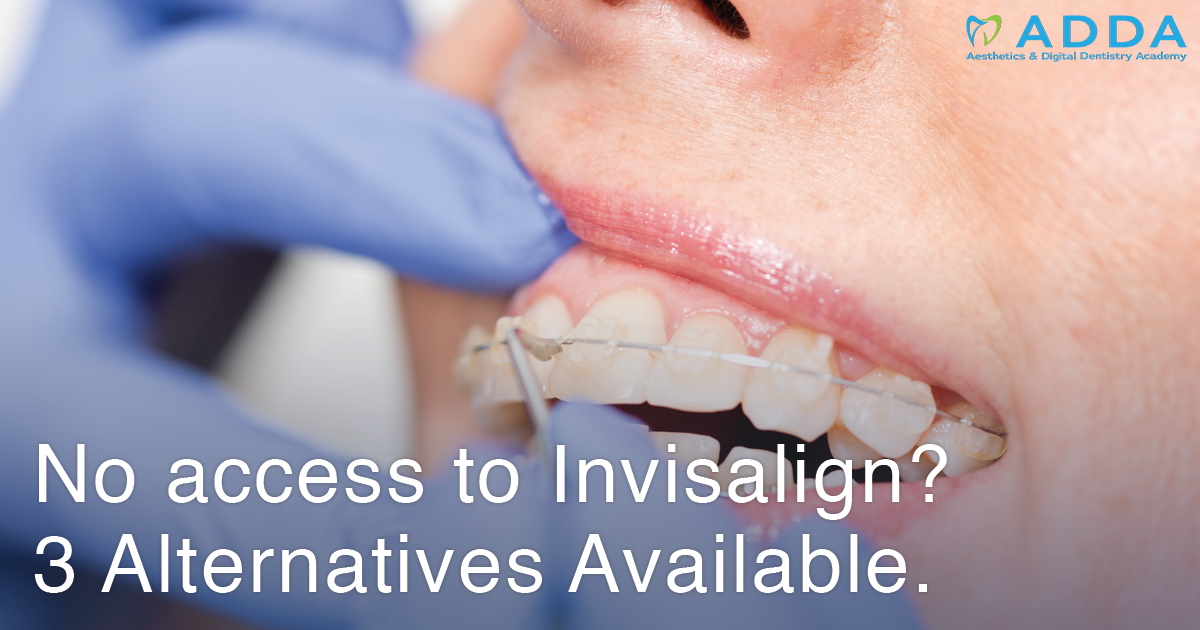
For many people, Invisalign is the method of choice when it’s time for a smile makeover. However, if someone doesn’t have access to an Invisalign provider, or if a patient’s dental issues are too complex to be resolved solely with Invisalign, braces may be a viable option. Discover the top three types of braces that might be used for a smile makeover in Singapore.
Traditional Braces
Traditional metal braces were once the only method of orthodontia available to patients. For this type of treatment, a Singapore dentist would attach metal brackets to each tooth and connect them with wires. By adjusting the brackets and wires, the dentist could create tension and move the teeth slowly into new positions.
Lately, another style of traditional braces has come into play. Heat-activated archwires, activated by the heat in the patient’s mouth, can lessen the pain associated with traditional braces. They also tend to move the teeth a bit more quickly than the regular brackets-and-wires system.
One of the benefits of traditional braces is the cost savings; this type of orthodontia is slightly cheaper than other methods. However, the price difference is not dramatic, and for some people, the aesthetic concerns outweigh the cost savings. Braces are very noticeable and can be distracting from a person’s total appearance. For children and teenagers, decorating the braces with coloured bands can be a fun way to embrace the new look of their smile.
Ceramic Braces
For patients that prefer a more subtle orthodontic solution, ceramic braces provide an additional option. The colour of the ceramic brackets allows the braces to blend in with the teeth. They work just as well as traditional metal braces, but they look better, which makes them a favoured choice for teens and adults who are concerned about their appearance while they are undergoing treatment.
Ceramic braces are more expensive than traditional braces, due to the materials and technology required to fabricate them. They are also more prone to staining than metal braces would be. Intensely coloured foods and drinks pose a risk to the natural hue of the ceramic brackets. If patients do not brush thoroughly and immediately after eating, the staining can be permanent, ruining the aesthetic benefit of the ceramic braces.
Lingual Braces
A third type of braces takes subtlety and aesthetics to the next level. Lingual braces actually hide behind the teeth, attaching to the back side of the teeth instead of the front. They aren’t usually visible when the patient speaks or smiles.
Unfortunately, lingual braces have several drawbacks. They do not work quite as well as traditional braces or ceramic braces because of their placement, so it takes much longer to move the teeth into the optimal positions.
Lingual braces are also more uncomfortable for patients. The ones on the bottom teeth may be especially problematic, as they can interfere with the natural movement of the tongue. Lingual braces sometimes cause painful sores as the tongue moves against them while speaking, chewing, or swallowing.
Cleaning the lingual braces can be difficult, as well. Since they are behind the teeth, it is harder for patients to see bits of foods and other buildup that need to be removed. It’s also more tricky to reach problem areas effectively.
Professional Advice from a Skilled Dentist
For patients who are interested in a smile makeover, the advice of a local Singapore dentist or orthodontist is indispensable. With their dental training, these professionals can recommend the types of braces that best suits a patient’s lifestyle and oral health goals.
